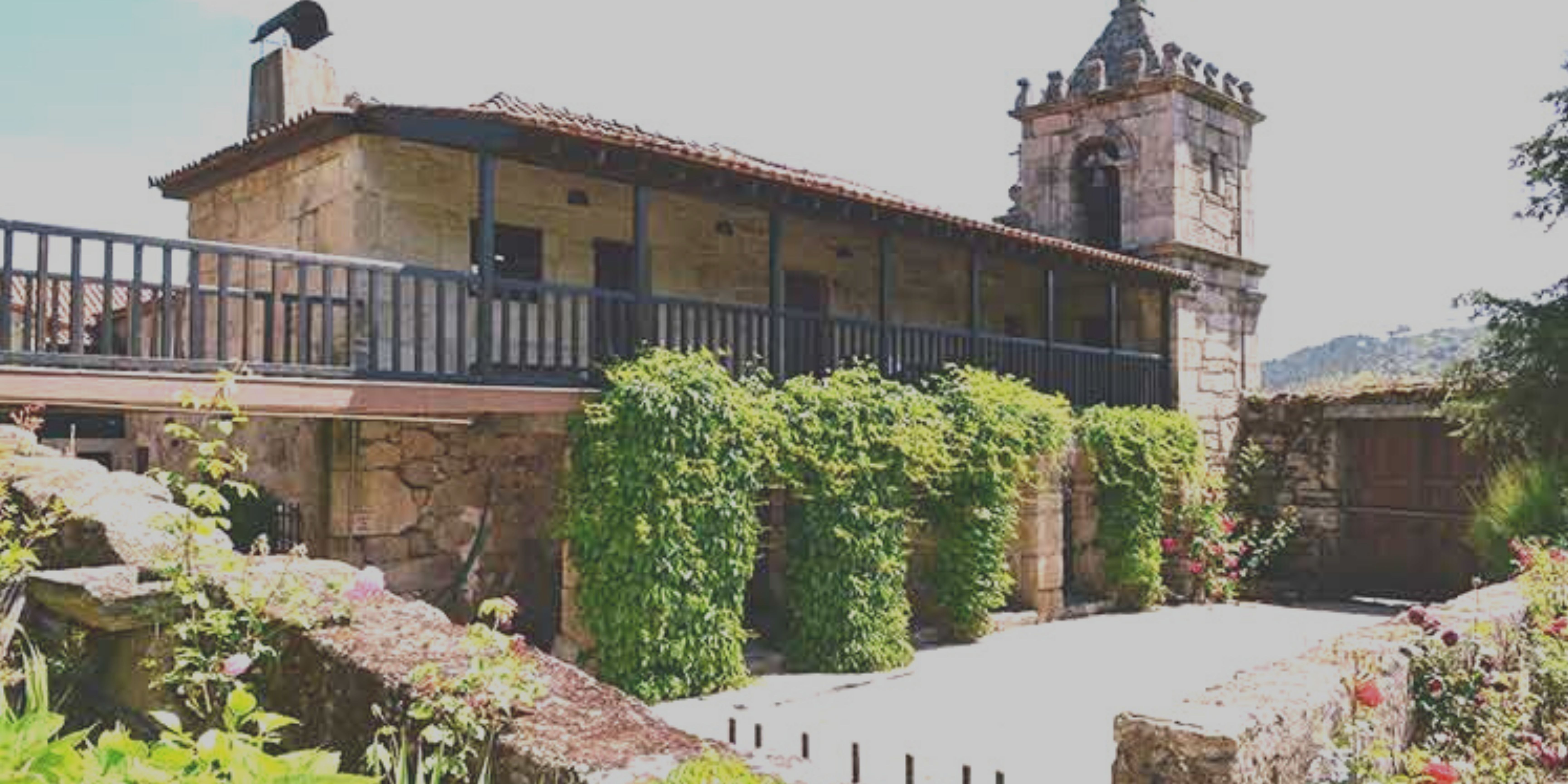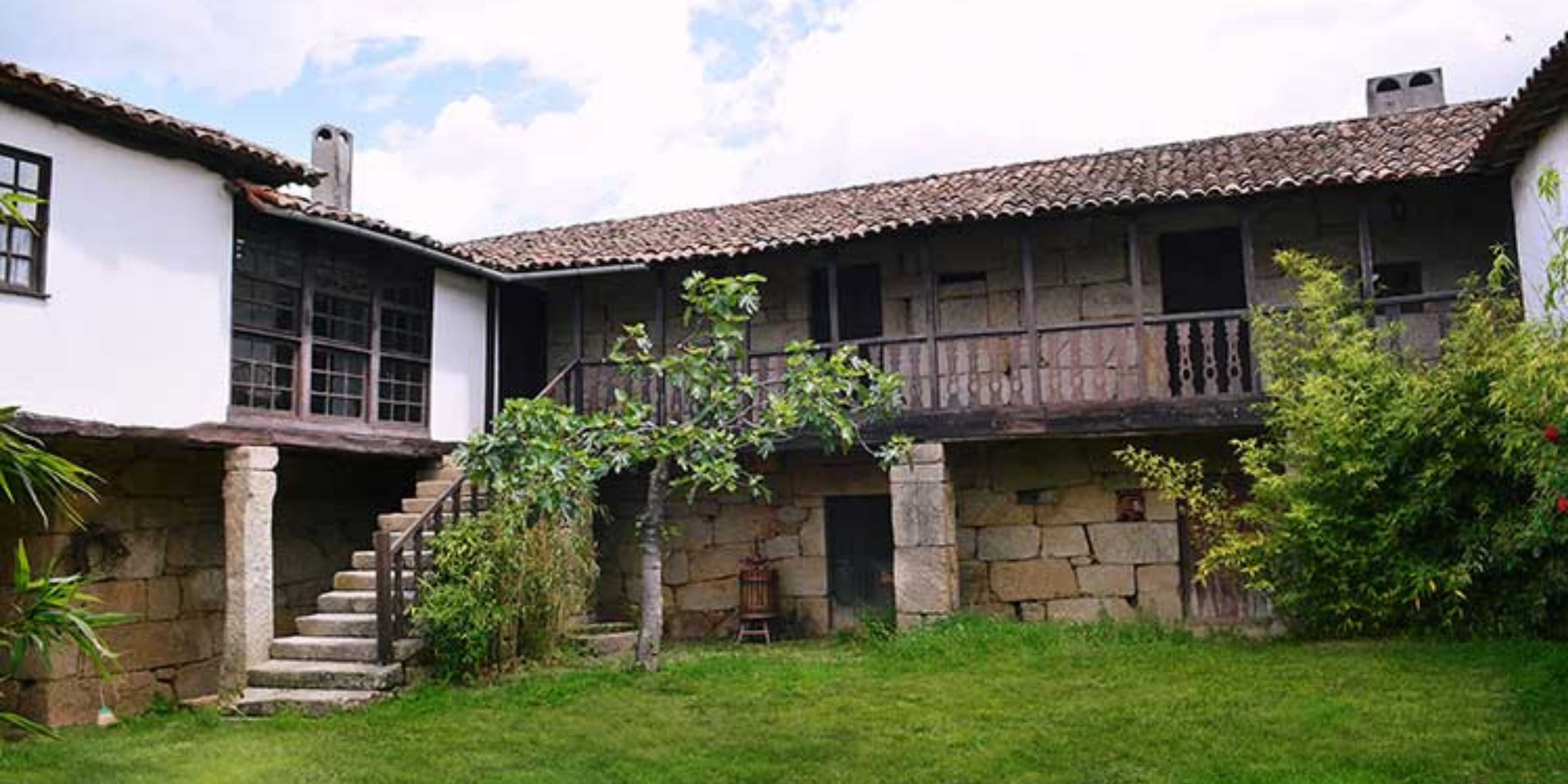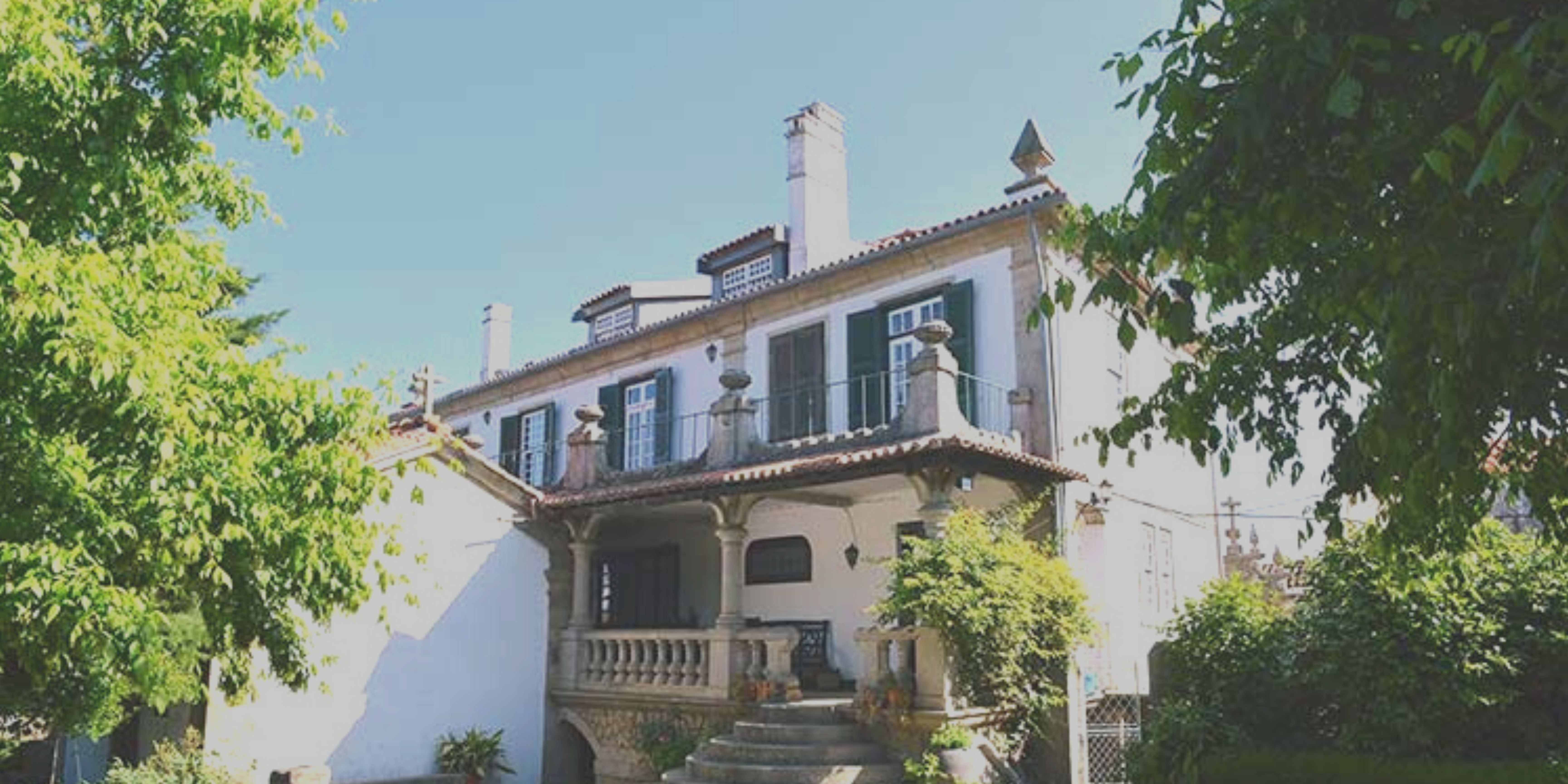
The PALMEIRIM D'INGLATERRA just arrived from Trás os Montes!
X
In this article, we will take you to the northeast of Portugal, to Trás os Montes. It’s a wine region that is divided into three sub-regions, Chaves, Valpaços and Planalto Mirandês. The first one (Chaves) is where the Palmeirim D’Inglaterra wines are produced.
X
A Mountain Region, with a dry climate, very hot in summer and very cold in winter. It is crossed by the sub-affluents of the Douro River which shape the lands where this wine is produced.
X
It has deep valleys where the Mediterranean influence remains. After all, the wine production in this area has been thriving since the Roman empire.
X A
If you want to know more about this beautiful region, click here.
XX
X
These new wines that we’re sharing here in Made in Portucale were born in the sub-region of Chaves, between the Tâmega and Ribeira de Oura valleys, in the parishes of Oura, Selhariz, Faões and Vila Verde da Raia. Its soils are granitic with a sandy texture.
The producers come from families rooted in the region for a long time. They wish to preserve the memory of their ancestors by producing a quality wine that would dignify the culture of this unmatched territory.
X
They intend to protect their inherited patrimony by focusing on sustainability, gathering the conditions that are essential to take part in our project: Quality, local production support and sustainable.
X
The Palmeirim D’Inglaterra lote offers 4 delicious varieties: a red wine from 2017, a white wine from 2020, a Rosé wine and a reserve red wine from 2018. All of them are different and unique!
x
Its winemaking process is done manually through caste, and its vinification is made through a traditional wine cellar. In it there were performed the necessary innovations to guarantee a fermentation with controlled temperature. All of the work was supervised by the responsible winemakers: Rui Cunha and Sérgio Alves.
x
Another important aspect is that the Palmeirim D’Inglaterra wine was given its name by the famous cavalry romance from the XVI century. It was written by Franciscco de Moraes, a “transmontano” and common ancestor to these farm owners.
x
There are no words to describe these wines other than…exceptional! Dare to taste!












